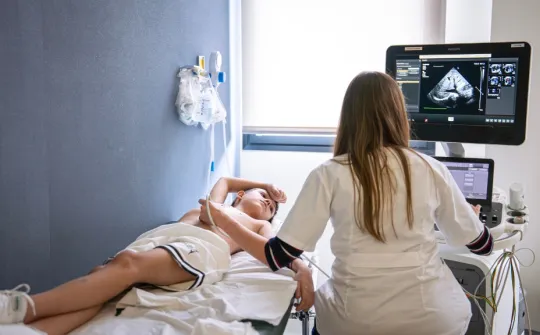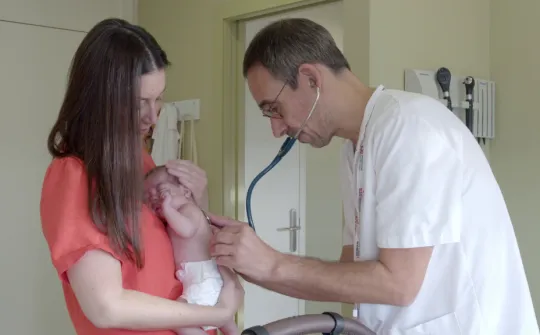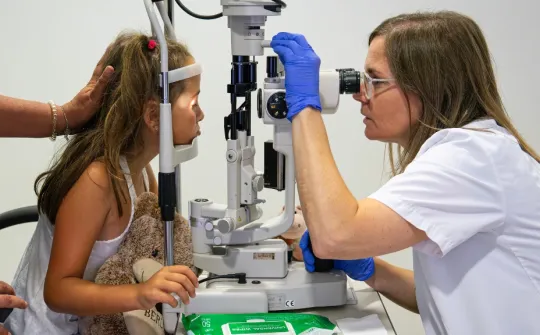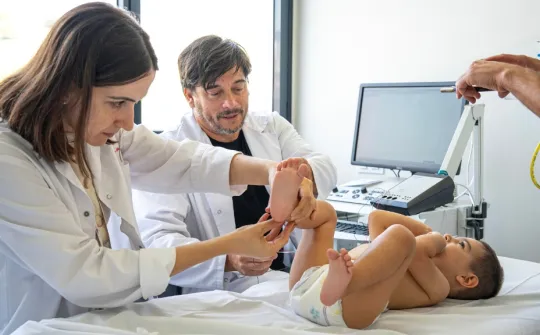The SJD Barcelona Children's Hospital uses genetic screening in vascular malformation cases to find the ideal treatment
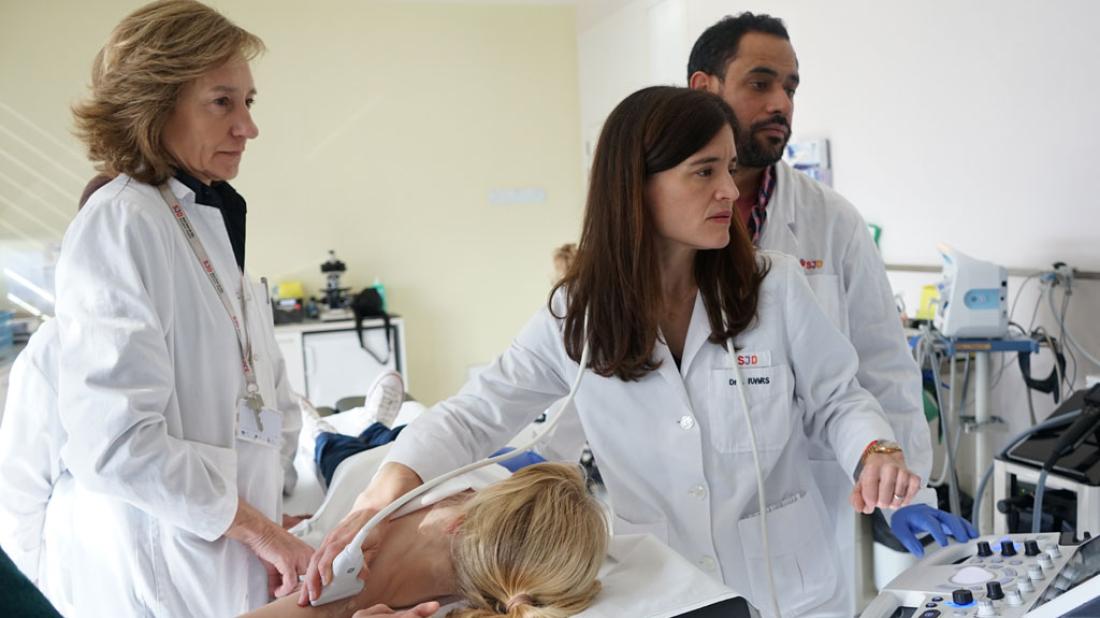
With the aim of improving research, staff in the Dermatology Department, in partnership with the Josep Carreras Leukaemia Research Institute, have created a live cell bank, containing cells with the mutations responsible for vascular lesions.
Staff in the Dermatology Department and the Molecular Oncology Laboratory at the SJD Barcelona Children’s Hospital have started systematically screening all patients with a vascular malformation. This screening lets doctors see which genetic mutation causes the malformation, allowing them to select the most suitable treatment to combat it, or, should there be no treatment, prove the effectiveness of a new treatment in-lab before prescribing it to the patient. This is a huge step towards personalised healthcare.
Vascular malformations are abnormal blood vessels that can appear in various ways: in the form of a dark red mark (known as port wine stains), as benign tumours, or in more complex cases, as anomalous growth of a body part.
‘These lesions come with complications that go beyond the merely cosmetic,’ notes Eulàlia Baselga, Head of the hospital's Dermatology Department. ‘Port wine stains, for example, can appear at the same time as eye abnormalities or central nervous system defects. Venous malformations can pose a risk of thrombosis and, at times, can be internal and cause pain. Arteriovenous malformations have a bleeding risk. Each type of malformation comes with its own associated risks. That is why it is vital to consult a specialist.’
The SJD Barcelona Children's Hospital attends 192 patients with vascular lesions each year.
The SJD Barcelona Children's Hospital attends 192 patients with vascular lesions each year. A comprehensive team—made up of surgeons, interventional radiologists, pediatricians, oncologists and traumatologists—evaluate each case. Depending on the specific malformation, they agree on what would be the best treatment. The centre boasts all forms of treatment for these lesions.
Treatment can consist of curative surgery, if the location of the lesion is known and is accessible; drug treatment for spread-out lesions with a known therapeutic target; sclerotherapy; cryoablation; embolisation; electroporation or laser treatment.
Detecting mutations
Before choosing the treatment, professionals take a sample of the lesion for genetic screening to detect the mutations that may be present. Staff then choose the most appropriate treatment for the abnormal gene that is found. ‘In many vascular lesions there is a gene mutation in PIC3CA, for which there is a very effective treatment. For other malformations that are caused by mutations with no clear treatment, we first try a treatment on the sample in the lab to see how effective it is. If it goes well, we then give the treatment to the patient,’ explains Baselga.
Baselga notes how this new approach will change the game for vascular malformations. ‘If nothing is done, the PIC3CA mutation will make cells continue to grow more than they should, leading to bone overgrowth, for example, where the child has one leg that is longer or thicker. However, if we start treatment early, we can break this chain and avoid overgrowth. We avoid the disease.’
Professionals have begun to compile a live cell bank of mutated cells that are responsible for vascular malformations. These cells can be grown in-lab for use in research studies to raise awareness of vascular malformations or modify the usual course of the disease. ‘If nothing is done, the PIC3CA mutation will make cells continue to grow more than they should, leading to bone overgrowth, for example, where the child has one leg that is longer or thicker. However, if we start treatment early, we can break this chain and avoid overgrowth. We avoid the disease,’ concludes Baselga.
The SJD Barcelona Children's Hospital is the only facility in Spain to be part of the European Reference Network ERN-VASCA on vascular abnormalities, which seeks to ensure any patient can receive the best healthcare irrespective of where in the world they live.
